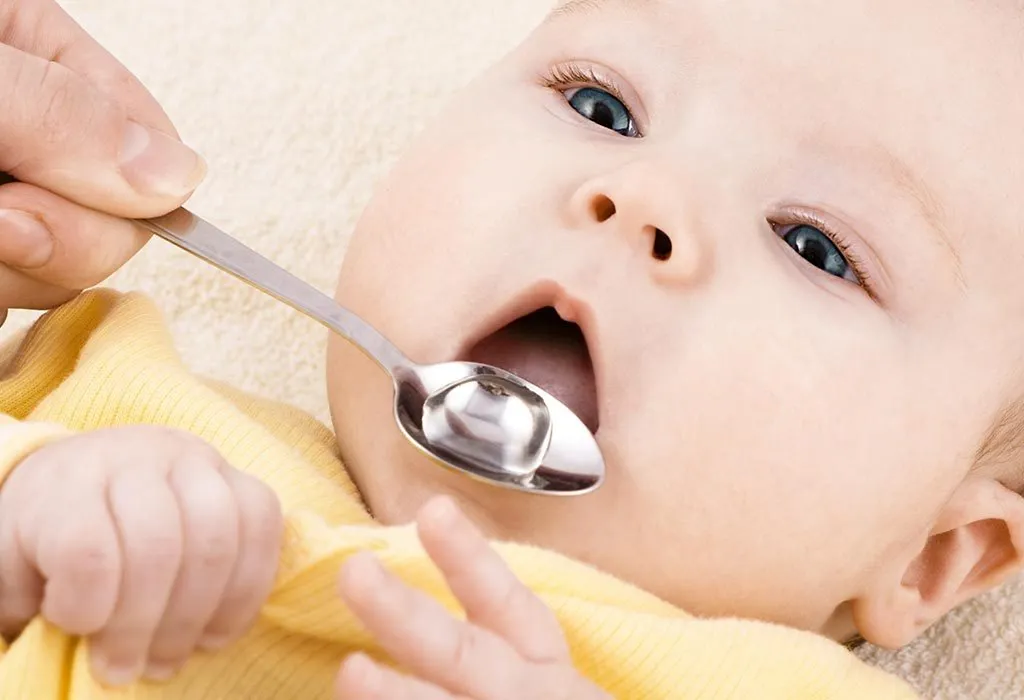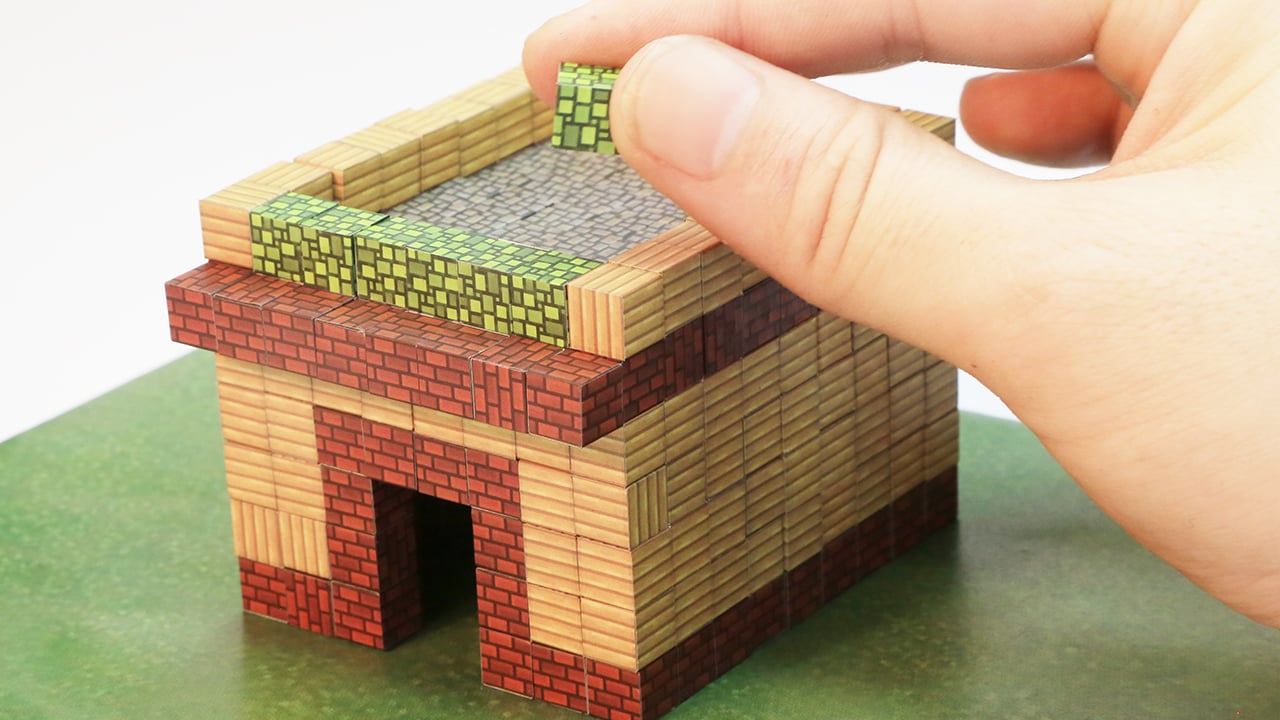
An uncompromising baby’s grumbling can wind up the sturdiest of mothers who started the day with resolve never to get angry again! The reflexes of all mothers are to soothe their children when gas, fussiness, or colic hit, that’s when patience, love, and caresses are needed. What most mothers of the young generation consider an ideal remedy for colic is gripe water, a long-standing remedy that has been passed from one generation to another. However, the question is what exactly is gas relief and could this be the reason for its cult status? Today’s gripe water guide will be a journey to the world of gripe water, its potential perks, and a concise look at how to choose safely for your baby.
What is Gripe Water?
Gripe water is an herbal remedy and is sometimes known to calm a baby who is restless and having gastrointestinal tract issues. The exact ingredients can vary depending on the brand, but common components include:
- Dill seed: is known because it possesses carminative characteristics that allow it to be used to expel gas.
- Fennel seed: Traditionally aimed for the quick relief of stomach issues and discontent.
- Ginger root: Might Alleviate symptoms like nausea and inflammation. Disclaimer: The sample sentences included in this glossary are provided for educational and reference purposes only. While every effort has been made to ensure accuracy, the language may not be identical to the targeted language.
- Chamomile: One of the most widespread and includes being used for its soothing benefits.
- Sodium bicarbonate (baking soda): May have an anti-acid and neutralizing effect. List of key phrases to transform: – Also, may have a comparable effect like anti-acids.
Will I Be Able To Feed Gripe Water on My Kid?
For proof of gripe water’s effectiveness in settling colic or fussiness, no strong scientific evidence is available. Yet, some parents are devoted to its magic in gagging restless infants. While the exact mechanism of action remains unclear, some theories suggest gripe water might work by:
- Aiding digestion: Discomfort can be alleviated as herbs may handle gas bubbles that break up.
- Soothing the stomach: There are some herbs such as chamomile which may have relieving effects on the digestive system.
- Providing a placebo effect: Surprisingly, the fact of sucking on a syringe dropper or offering something the baby likes and is already familiar with might be what makes the baby feel at ease.
Using Gripe Water Safely
If you decide to try gripe water with your baby, here are some important considerations:
Consult Your Pediatrician First
Despite a gripe water guide playing the part of a teacher, it cannot replace a doctor’s services. Speak to your baby’s doctor concerning gripe water to ensure that it is acceptable at age and has no coexisting health conditions.
Check The Label Carefully
The ingredients and the suggested dosages may show some differences across the market. Read product labels with utmost care and meticulousness to understand the instructions on the label and follow them with precision.
Start With A Small Amount
For starters, slowly add some drops of gripe water- a quarter per time or as advised by your pediatrician. Keep an eye on your baby’s reaction and do not hesitate to readjust the dose when it is necessary.
Don’t Use It As A Substitute For Feeding
Groping water is not an alternative to milk or formula. It ought to be employed to calm regular cramps but with no intention of bringing it in as a habit during the process of feeding.
Be Mindful Of Allergies
If you have any prior knowledge about the filling ingredients that give your baby any form of allergies, avoid using gripe water.
Don’t Use Expired Gripe Water
Weak or damaged gripe water can lead to inefficiency or even poisoning. The shelf-life date should always be checked before use. Thoroughly get rid of expired products.
Alternatives to Gripe Water
If gripe water doesn’t seem to work for your baby, there are other methods you can try to soothe their discomfort: If gripe water doesn’t seem to work for your baby, there are other methods you can try to soothe their discomfort:
Burping Techniques
It is important to burp your baby often both during and after the feeding times so you can relieve the gassy condition.
Skin-To-Skin Contact
Cancer in the maternal uterus, for example, can disrupt normal gestation periods, which may lead to premature births or stillbirths. Failed pregnancies can cause emotional stress and conflict with their partners, leading to loss of self-esteem. Moreover, motherhood can turn some women into their mother’s image or make them feel inept and inadequate next to a perfect young mom.
Warm Bath
Taking a warm bath will usually be soothing and music will aid works of excessive gas.
Massaging Your Baby’s Tummy
Babies often experience gas bubbles in their tummy, which can cause turmoil. Therefore, babies can be relieved from continuous burping by offering them baby massage focusing on the stomach region.
Make sure you keep in mind that every baby is an individual – thus, they differ in all areas. Different people have different modalities of learning. That is where this guide comes in – it is intended to give you some information, but it is always best to talk to your doctor and work out the right way of putting your grumpy baby to sleep. Taking your time and trying out different strategies you will possibly be able to remove your child’s discomfort and help him/her to get through a peaceful day.





More Stories
How Parenting Blogs Help First-Time Moms Build Confidence
How To Locate Custom Baby Clothes Manufacturers